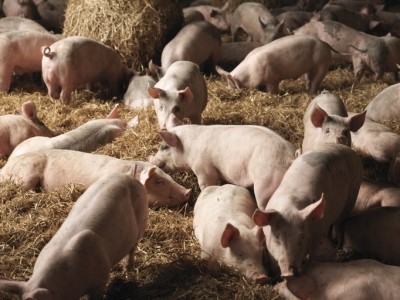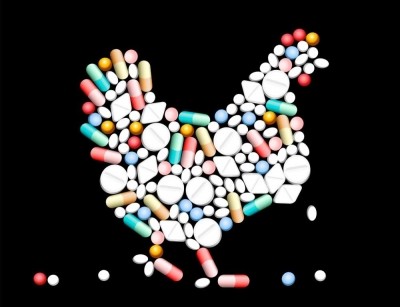FDA looks to get more 'nuanced view' of fluctuation in livestock targeted antibiotic sales

It would use a biomass denominator to adjust annual data on the amount of antimicrobials sold or distributed for use in livestock in the US.
This adjusted estimate is said to provide insight into broad shifts in the amount of antimicrobials sold for use on farms and give the agency a more nuanced view of why sales increase or decrease over time in a manner that is specific to US animal production.
A biomass denominator is defined as the population of a given livestock species in the US multiplied by the average weight of that species. The proposed method will help calculate estimates of annual antimicrobial drug sales adjusted for the size of the animal population - also known as the animal biomass - potentially being treated with those drugs.
Versions of the system are used already in other areas including the EU.
The Food and Drug Administration’s (FDA) Center for Veterinary Medicine is collecting comments on the potential assessment method through November 13.
Anne Norris, an agency spokesperson with the FDA, told us:
“It [the method] allows us to assess annual percent change in antimicrobial sales relative to annual variations in target animal biomass.
“The goal of the proposed method is to provide adjusted estimates that represent, reasonably accurately, trends in antimicrobial sales relative to the animal biomass of the livestock population in which the antimicrobials are being used.
The FDA thinks that these sales data should be assessed at the drug class level and the proposed method will allow the agency to do so.”
Judicious use and record keeping
No additional information would have to be collected or submitted under new assessment method, said Norris.
“Promoting judicious use and antimicrobial stewardship includes supporting a variety of activities that are intended to influence how antimicrobials are used in animal production settings,” she said. “It is important to have sufficient data to assess the impact and effectiveness of such activities.”
The information needed for the proposed system is already reported through data on antimicrobial sales, reported animal populations, reported animal weights, animal drug approvals and the limitations placed on use of some antimicrobial drugs, said the FDA.
The agency would be able to calculate a milligram per kilogram value for several antimicrobial drug classes, focusing on the types of drugs that are important in human medicine like aminoglycosides, cephalosporins, fluoroquinolones, lincosamides, macrolides, penicillins, sulfonamides, and tetracyclines.
The assessment process is expected to offer a more detailed understanding of the volume of antimicrobials in a drug class sold for use with one of the major food producing species. It also would allow the FDA to check changes in sales or distribution against specific animal biomasses.
Of the major production species to be tackled in this regard - cattle, chickens, turkeys and pigs - the cattle category will cover animals that have been slaughtered and those that are kept for more than a calendar year, said Norris.
If approved, the new method would not be used for public report for some time, she said.
“Any published biomass adjusted data would be subjected to the same confidentiality requirements as the original antimicrobial sales and distribution data,” she said.
The assessment would only be done on the national level as sales data is not recorded by state, she added.











